Life in Full Color
An interview with Amy Krane, Architectural Color Consultant
Founder and Designer at Amy Krane Color
Est. 2012
“It’s all about color.” Meet Amy Krane: an Architectural Color Consultant, who founded her company, Amy Krane Color, in 2012.
While not as mainstream as professions like interior designers or home decorators, color consultants do indeed exist, and for good reason: choosing color is complicated.
“My job starts with listening and understanding who my clients are and how they live,” explains Krane. “I help them grasp the nature of color; how colors work together, what makes good combinations, what affects their appearance, and ultimately their own relationship with color.”
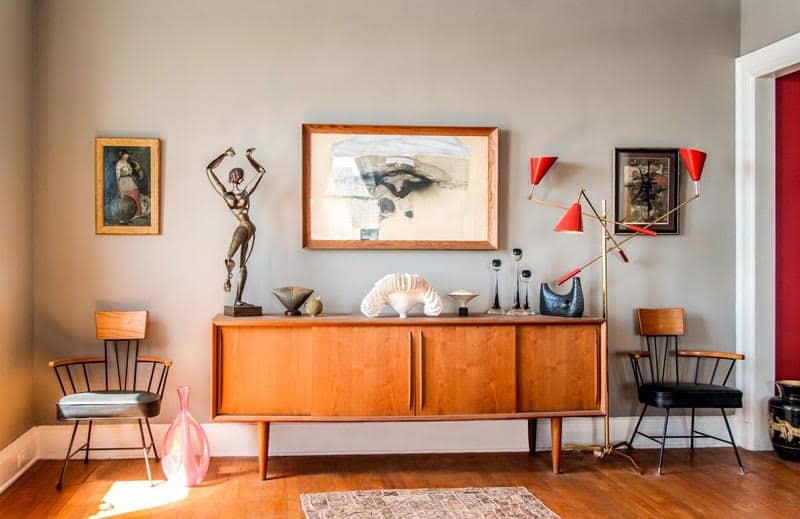
Krane’s work has been deeply impacted by her training with the International Association of Color Consultants & Designers. Founded about 50 years ago in Europe, it now has branches in the United States, Austria, Italy, and Japan.
“Their focus is the human response to color in the built world,” states Krane. “The bedrock of their training is concerned with how we see color and the psychological, physiological, and emotional responses to it. It’s not about interior design, the “Color of The Year” or color trends. It’s more science based.”
It’s at this intersection of color and science where we meet Krane. As a trained professional in the field of color, Krane doesn’t use our tools for matching, but instead for inspiration.
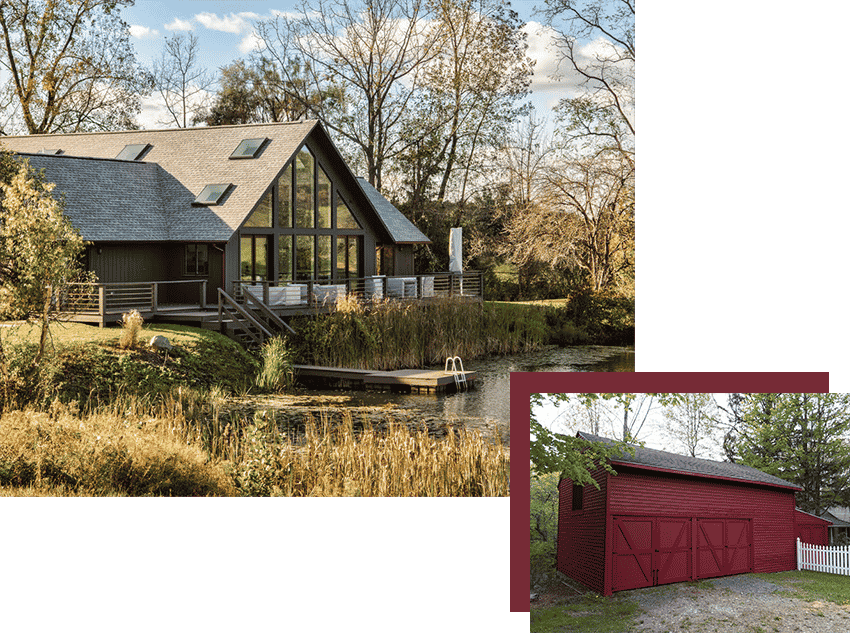
“I have been known to stop my car when driving by a building and using my Nix to find out what paint color was used,” says Krane, who specifies color for interiors and exteriors, residential and commercial properties.
“Communicating about colors can be difficult for many people,” explains Krane, and we couldn’t agree more. As the vast majority of the human population is extremely sensitive to differences and inconsistencies in color, scientific equipment and color sensors, like the Nix Mini 2 and Nix Pro 2, can help identify color and determine the accuracy of shades. This type of tool comes in handy when trying to communicate color in a consistent way, especially when you’re not a professional, like Krane.
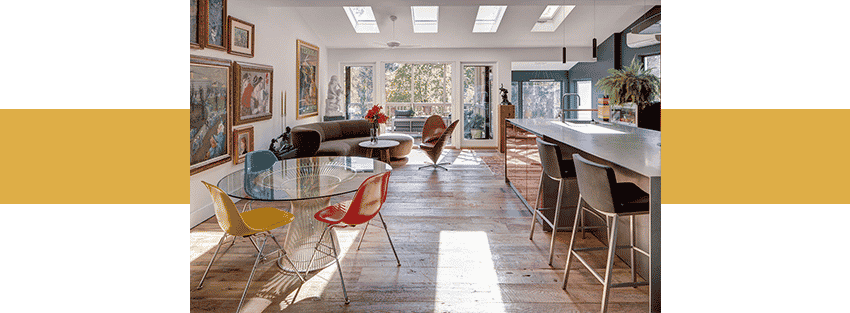
“Many things make talking about color tricky. For one, we all see color differently,” explains Krane. “Also, color names are arbitrary. They’re often not accurately descriptive, and people have insecurities when it comes to talking about color. It’s easy for people to miscommunicate because the vocabulary of color is foreign to many. It’s not only about esoteric names for colors (which I never use) but basic concepts like what’s warm and cool.”
To help facilitate a relationship where Krane and her clients speak (relatively) the same “color language”, Krane begins with a written questionnaire, then moves to a phone conversation before the initial meetup. This is when Krane often finds that clients may not have thought about the impact of color before their consultation.
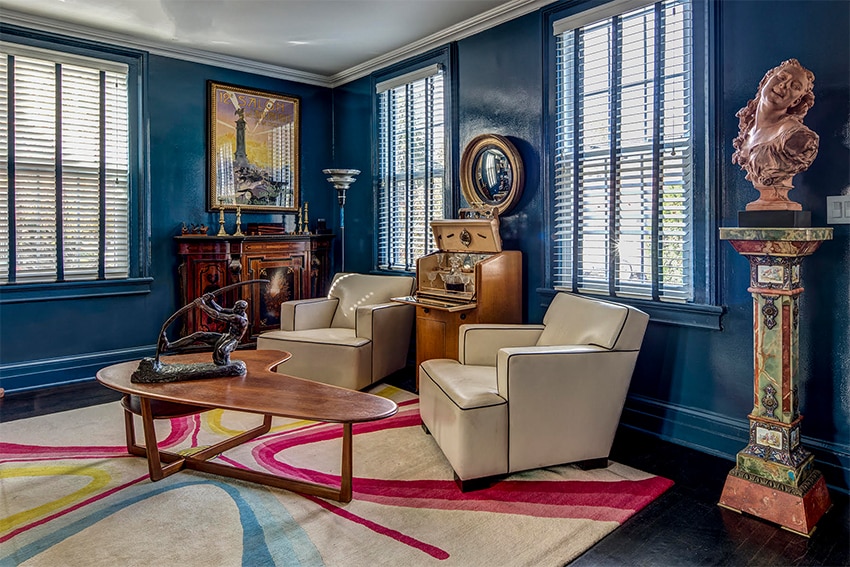
“Color is at the center of my work,” says Krane, who consults color for clients (sometimes remotely) across the country. “I don’t dictate. It’s not my nature and I don’t think that makes a good consultant.”
In a field that is based around discussion and paired with an area that is as subjective as color, clear communication is key, as is starting with the basics.
“I start by pointing out that though everyone wants a “warm and welcoming home”, warm colors don’t include blue!” says Krane. In this explanation, Krane sometimes finds herself informing her clients that, “the words they’ve used to describe the kinds of colors they think they like and want don’t sync up with the inspirational photos they’ve sent me.”
Through Krane’s training and experience, we can begin to understand the complexities of color, especially as it relates to how we see and feel it. As the first sentence on her website states, “most people find it overwhelming to choose between the thousands of paint colors on the market”, and now, we know why.
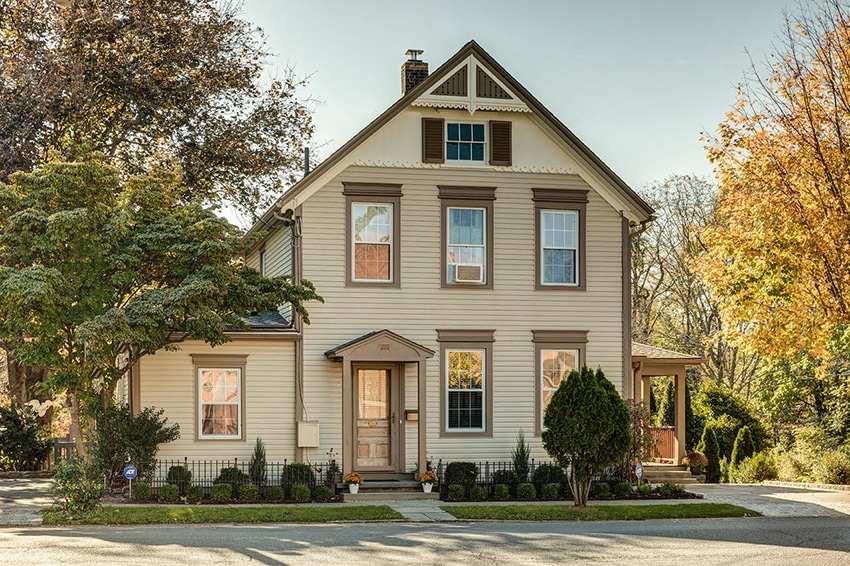
Color isn’t just something that we throw on the wall. It’s something that helps define and accentuate both space and emotions. So why do we rush it, or forgo color all together? Because it’s complicated… or at least it used to be. Now, with professionals like Krane and tools like the Nix, you can choose color confidently and start living your best life (in full color, of course).
To learn more about Amy and her work, visit her website. To explore the world of color with your very own Nix Mini 2, visit our shop page.